
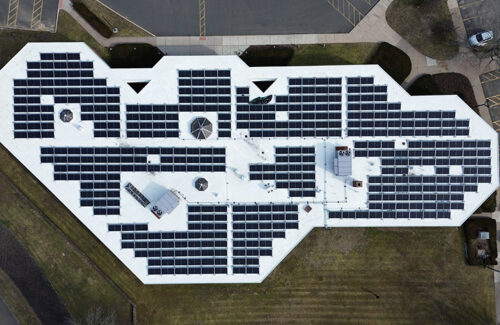
A brand-new 218-kilowatt solar photovoltaic array is now supplying power to Easterseals Capital Region & Eastern Connecticut's facility in Deerfield. The project includes solar and lighting upgrades, funded through the Green Horizon Commercial Real Estate Clean Energy (C-PACE) program. The system was installed by Facility Solutions Group based in Oxford, Connecticut. "We are deeply grateful for the collaboration with Connecticut Green Bank, which has enabled us to upgrade our facilities, install solar power and smart lighting, thereby enhancing operational efficiency and sustainability," said Robin Sharp, President and CEO of Easter Seals Capital Region and Eastern Connecticut. "What's even better is that the savings and revenue generated from these improvements will be directly reinvested into community services, allowing us to further fulfill our mission." The energy upgrade project secured approximately $714,000 in C-PACE financing. Additionally, Easter Seals utilized the direct pay option for the Federal Investment Tax Credit (ITC) under the Internal Revenue Service (IRS), a provision of the Inflation Reduction Act (IRA) that allows tax-exempt entities to access expanded clean energy technology tax credits. This provision makes it easier for non-taxpaying organizations like Easter Seals to access C-PACE and solar energy.
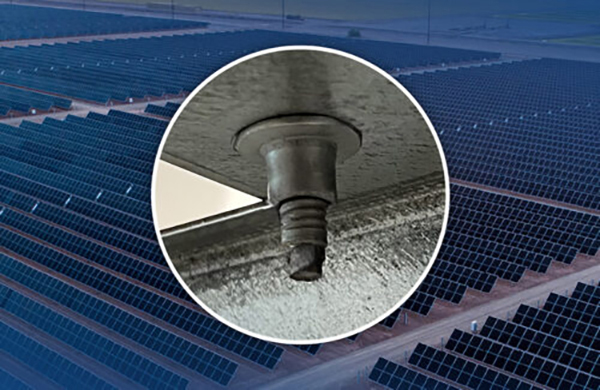
GameChange Solar is a global leader in solar tracker and fixed tilt racking solutions. The company has developed a rivet connection system for module installation specifically for its Genius Tracker system. This solution offers an alternative to traditional bolted module connections for EPCs and project owners. Vaibhav Joshi, Managing Director for Oceania and Southeast Asia at GameChange Solar, stated: "By integrating the rivet installation components into our Genius Tracker system, we provide customers with greater flexibility in the construction and maintenance of solar projects. This innovation enables streamlined installation and long-term reliability, making solar deployment more efficient.". ” Although most photovoltaic projects use bolt connections between the support system and modules, rivets can be fastened to pre-drilled module mounting holes without requiring torque. After testing by Intertek and the GameChange Solar Research & Design Center, this two-piece rivet complies with the applicable provisions of UL 2703. Additionally, the company's installation training center conducted internal tests to evaluate installation and removal tools, providing a reference for on-site deployment.
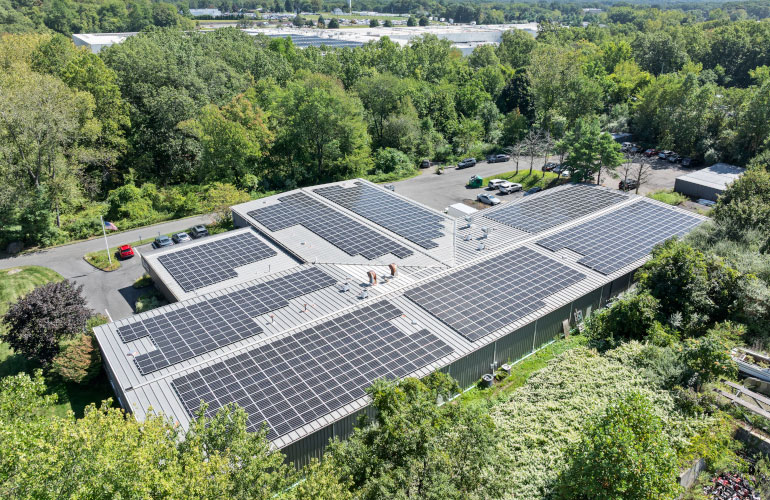
Direct mail marketing company The Best Postcards recently completed the installation of a 344-kilowatt solar system on the roof of its factory in Cheshire, Connecticut. Funded by Connecticut Green Bank through the C-PACE program, the system is expected to save over $2.3 million in energy costs over its projected lifespan. Smart Roofs Solar installed the project for The Best Postcards. Founded in Connecticut in 2019, the company has expanded rapidly, serving businesses across 48 states. As a data-driven marketing and printing partner, The Best Postcards helps businesses enhance brand image, attract new customers, retain loyal clients, and engage target audiences with measurable results. From direct mail campaigns to signage, stickers, door hangers, and more, all production and design are completed in-house at its factory in Cheshire. "The Best Postcards is honored to take a significant step toward sustainability by installing solar panels on buildings," said Andrew Ettinger, co-founder and CEO. "We are grateful to the exceptional team at Smart Roofs Solar and the Connecticut Green Bank for their financial support, which made the entire process smooth from start to finish. Not only have we significantly reduced our environmental impact, but we've also lowered energy costs substantially. This investment benefits both the planet and our business.". ” Solar projects financed through C-PACE (Commercial Property Assessed Clean Energy) aim to achieve a positive savings-to-investment ratio, meaning these projects can generate immediate positive cash flow for property owners. Over 400 projects have been financed via C-PACE, saving building owners more than $400 million in energy costs. Mackey Dykes, Executive Vice President of Green Horizon Financing, stated, "C-PACE has supported multiple solar projects in Cheshire, and we are delighted that this installation will help The Best Postcards reduce energy costs and focus on its core business."
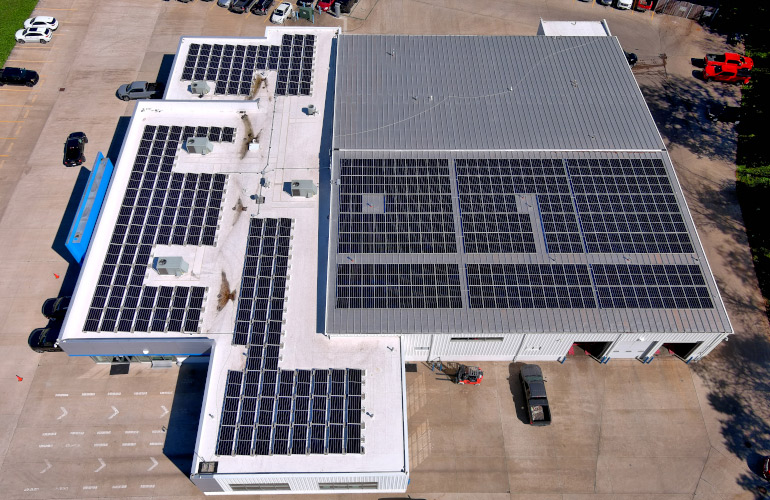
Mark Porter Automotive Group in southern Ohio recently celebrated the completion of its 196.7-kilowatt solar array in Pomeroi. Designed and built by Kokosing Solar, the system will meet over 70% of the dealership's annual electricity demand. The project funding comes from federal tax incentives and grants under the U.S. Department of Agriculture's "Rural Energy for America Program" (REAP). These measures help reduce upfront costs, enabling small businesses in rural Ohio to invest in advanced energy technologies. "Koksin Solar is honored to collaborate with Mark Porter Automotive Group on this project," said Roberta Washburn from Koksin Solar. "This solar array serves as an excellent example of how local businesses can benefit from mature, cost-saving technologies amid rising electricity costs."

The National Day of the People's Republic of China, also known as National Day, National Day, China National Day, or National Day Golden Week, is a public holiday in the People's Republic of China aimed at celebrating National Day. It falls on October 1st every year. According to Article 2 of the State Council's "National Holidays and Commemorative Days Holiday Measures", the National Day holiday lasts for 3 days each year, on October 1st, 2nd, and 3rd. On October 1, 1949, the Central People's Government of the People's Republic of China was established; On December 2nd, the Fourth Meeting of the Central People's Government Committee accepted the proposal of the National Committee of the Chinese People's Political Consultative Conference and passed the "Resolution on the National Day of the People's Republic of China", deciding to designate October 1st every year as the National Day of the People's Republic of China. After the founding of the People's Republic of China, the form of celebrating National Day has undergone several changes. From 1950 to 1959, large-scale celebrations were held every year, accompanied by military parades. From 1960 to 1970, grand rallies and mass parades were held annually in front of Tiananmen Square, but no military parades were held. From 1971 to 1983, it was celebrated annually through large-scale park activities and other forms, without any mass parades. In 1984, a military parade and mass celebration parade were held again. After 1985, National Day was mostly celebrated in other forms, without military parades or mass celebrations. Only in 1999, 2009, and 2019, military parades and mass celebrations were held again. National Day is a characteristic of the country, which emerged with the establishment of the People's Republic of China and became particularly important. It has become a symbol of an independent country, reflecting China's national and political system. National Day is a new and universal holiday form that carries the function of reflecting the cohesion of China and the nation. At the same time, the large-scale celebration activities on National Day are a concrete manifestation of the government's mobilization and appeal. Displaying strength, enhancing national confidence, reflecting cohesion, and exerting appeal are the three basic characteristics of the National Day celebration.
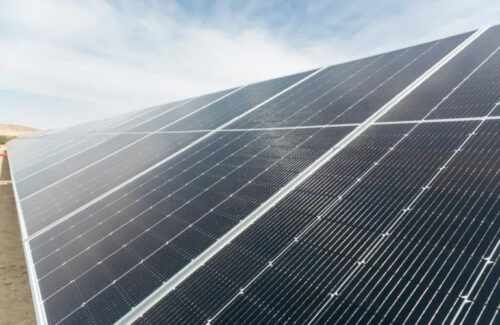
Local leaders, community groups, and landowners celebrated the official launch of the Winfield Solar Project alongside executives from Qcells and Cordelio Power. Located in rural Lincoln County, Missouri, this 150-megawatt AC facility has already achieved commercial operation last month. Under a 15-year power purchase agreement (PPA), the Winfield Project will deliver 100% of its generated electricity to Microsoft, helping this tech industry leader meet its growing energy demands with renewable power while preserving grid capacity for Missouri's households and small businesses. The Winfield project was designed and constructed by Qcells, incorporating solar modules produced at the company's Georgia facility. Amid surging energy demand and increasing pressure on the grid for households, businesses, and farmers, the 150-megawatt clean energy project in Winfield will directly support Microsoft's operations—reducing strain on the local grid and demonstrating the power of solar energy to deliver reliable, affordable power to areas in greatest need.
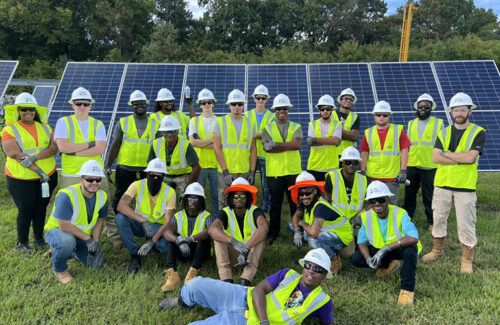
It is reported that Blue Ridge Power, a project, procurement, and construction subsidiary of solar developer Pine Gate Renewables in North Carolina, will lay off over 500 employees by November 18. David Sanders, President of Blue Ridge Power, submitted two Worker Adjustment and Retraining Notification (WARN) notices to the North Carolina Department of Commerce on September 18, announcing the permanent layoffs of 169 employees at its Asheville operations and 348 employees at its Fayetteville operations. Sanders stated in the document, "Over the past few months, the company has been affected by uncontrollable factors, including evolving regulatory and capital market conditions, which have impacted many other companies in the renewable energy sector." The documents show that Blue Ridge Power Company sought additional financing to retain employees but failed. The company is gradually shutting down but has not ceased operations. Employees affected by layoffs have not yet been dismissed. Pine Gate Renewables established Blue Ridge Power in the spring of 2021 as its EPC subsidiary. Blue Ridge Power will be responsible for the development, construction, and operation of utility-scale solar projects. In 2023 alone, Blue Ridge Power installed 1.15 gigawatts of solar capacity, ranking 11th on the Solar Power World 2024 Top Solar Contractors list. By the end of that year, its total installed capacity had reached 4.3 gigawatts. Pine Gate Renewables has issued the following statement to Solar Power World: Blue Ridge Power faced market headwinds similar to those affecting the entire renewable energy industry, forcing Pine Gate Renewables to invest significant resources in supporting the company. After evaluating numerous options to chart a course forward, Pine Gate made a difficult decision to systematically and gradually phase out Blue Ridge Power. The company will continue to assess how best to support each of its ongoing projects, including collaborating with clients to transfer these projects to other EPC suppliers. This decision in no way reflects the hard work and dedication of our valued team members, and we deeply appreciate all their contributions.
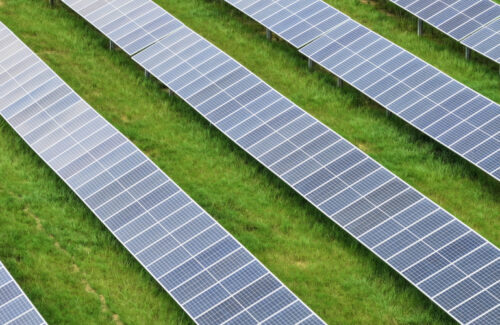
A review by SUN DAY Campaign of data recently released by the U.S. Energy Information Administration (EIA) shows that despite Donald Trump signing the Republican-led Congress's anti-renewable energy bill in early July, solar power generation surged by over 30% that month, while wind power generation increased by nearly 14%. Solar power generation reached a record high in July 2025 and the first seven months The latest monthly EIA "Electricity Monthly Report" (data as of July 31, 2025) once again confirms that solar power is the fastest-growing source of electricity in the United States. In July alone, utility-scale solar power (i.e., >1 megawatt) generation surged by over one-third (36.9%) compared to July 2024, while "estimated" small-scale (e.g., rooftop) photovoltaic solar generation increased by 12.7%. The combined growth reached 30.4%, accounting for nearly one-tenth (9.4%) of the country's total electricity generation that month, higher than the 7.5% recorded in the same period last year. In addition, compared to the same period in 2024, utility-scale solar thermal and photovoltaic power generation increased by 37.4% in the first seven months of 2025, while small-scale systems saw a 11.0% rise. The combined output of utility-scale and small-scale solar grew by nearly one-third (29.9%), accounting for nearly 8.9% of U.S. total power generation from January to July (utility-scale: 6.7%; small-scale: 2.2%), up from 7.0% in the previous year. Therefore, year-to-date (YTD) solar power generation has easily surpassed 54% of the national hydropower output (5.7%). In July alone, solar power generation more than doubled the national hydropower output. In fact, both in July and YTD, solar power generation has exceeded the combined output of hydropower, biomass, and geothermal energy. In addition, utility-scale solar power generation surpassed wind power by 4% for the first time in July. When including small-scale systems, solar power generation exceeded wind power by over 35% that month. Wind power has also performed strongly this July and from the beginning of the year to date: In the first seven months of 2025, wind turbines across the United States generated nearly one-ninth (10.8%) of the country's electricity, a 3.5% increase compared to the same period last year, nearly twice the output of all hydroelectric power stations nationwide. In July alone, wind power generation increased by 13.8% compared to the same period last year. Wind and solar power account for nearly one-fifth of the total electricity generation in the United States, surpassing the share provided by coal or nuclear energy In the first seven months of 2025, wind, utility-scale, and small-scale solar power accounted for nearly one-fifth (19.6%) of U.S. total electricity generation, up from 17.8% in the same period of 2024. In addition, in the first seven months of this year, wind and solar power generation exceeded coal power by 19.1% and national nuclear power generation by 14...
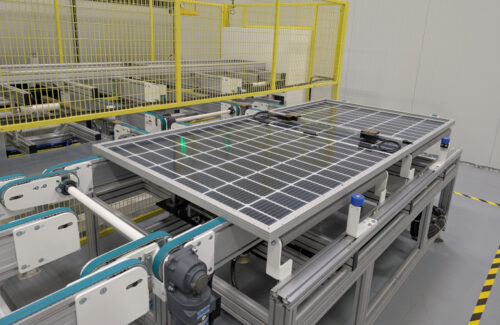
Boviet Solar announced the addition of a third photovoltaic module production line at its facility in Greenville, North Carolina. This expansion will increase the plant's annual photovoltaic module production capacity from 2 gigawatts to 3 gigawatts. The Greenville Photovoltaic Module Factory (Phase I) commenced operations in April 2025, producing Boviet Solar's Gamma series monofacial photovoltaic modules and Vega series bifacial photovoltaic modules. Solar Power World attended the factory's ribbon-cutting ceremony and released internal photos of the facility. In late August 2025, Boviet Solar also announced the completion of the external construction for its second-phase photovoltaic cell manufacturing plant in Greenville, with mass production expected to commence in 2026. Notably, the plant's planned annual capacity of 3 GW for photovoltaic cells will align with the expanded 3 GW capacity for photovoltaic modules at the Greenville factory, ensuring comprehensive integration of the U.S. solar manufacturing industry. Marco Marquez, General Manager of Boviet Solar's Greenville Factory, stated: "The addition of the third production line marks another significant milestone in the development of our Greenville facility. It further enhances our capability to deliver reliable American-made photovoltaic modules to customers while creating high-quality local employment opportunities." Boviet Solar is firmly committed to the U.S. solar energy market. With a photovoltaic module production capacity of 3 gigawatts and an upcoming photovoltaic cell factory, we are fulfilling our pledge to expand domestic manufacturing, boost investments in local communities, and accelerate the achievement of national renewable energy goals," added Sienna Cen, President of Boviet Solar USA.
Categories
New Products
Tin Roof Rapid Solar Mounting System with Hanger Bolt Read More
Residential Small Solar Easy Bracket Kit for Home Balcony Read More
Automatic Single Pile Solar Tracker with 10 PV Panels Read More
Angle Adjustable Aluminum Easy Solar Panel Bracket for Garden Read More
Intelligent Single Post Dual Row Solar Tracking System Read More
5000ES Solar Off-Grid Energy Storage Inverter Supplier Read More
Multi Drive Double-Sided Single Axis Tracker System Read More
© Copyright: 2025 Xiamen Wintop New Energy Tech Co., Ltd.. All Rights Reserved.

IPv6 network supported
Friendly Links:
Integrated Solar System